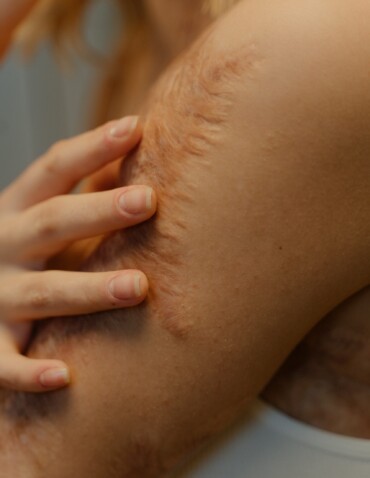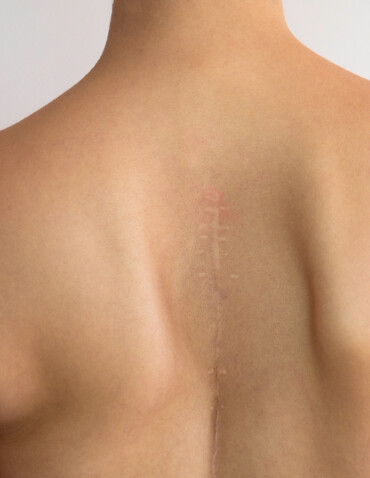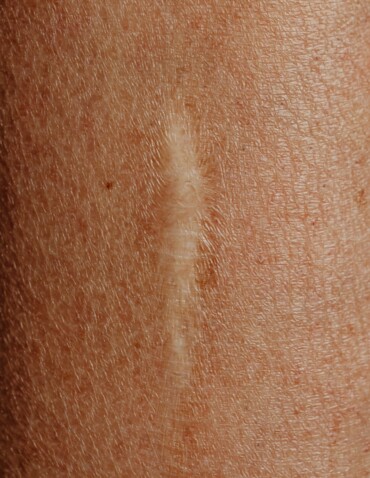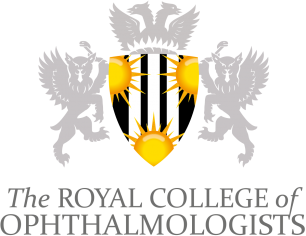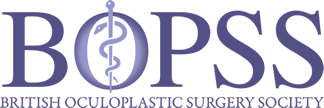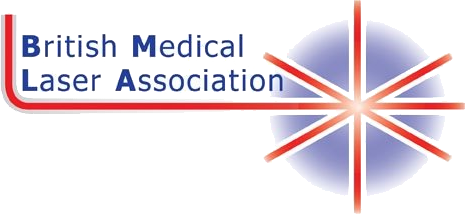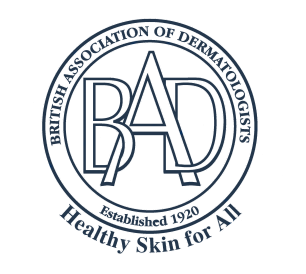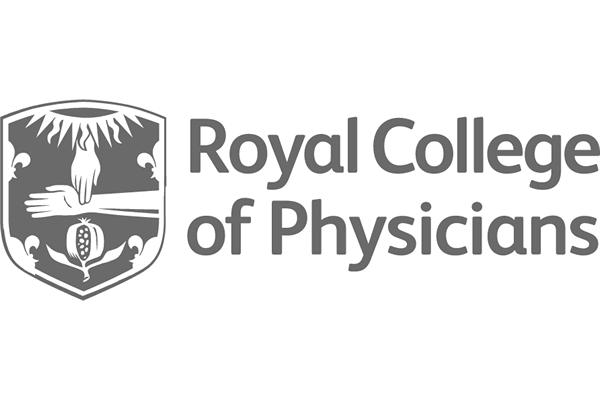Introduction
Trying to figure out the healing process after a surgical procedure can be daunting, with many of us wondering about the best approach to minimise scarring and enhance the long-term results.
Here at The London Scar Clinic we understand the complexities of skin healing, and the profound impact that timely and effective scar treatment can have on both the physical appearance and emotional well-being.
As such, this blog post is designed to provide you with a key exploration of scar management and guide you through the essential knowledge of when to start scar treatment after surgery.
Whether you are dealing with the outcome of a surgical procedure or looking for ways to manage existing scars, understanding the optimal timing for scar treatment is crucial. We aim to provide you with a comprehensive insight into the importance of managing your scar, linking to specific skin conditions and treatment options that have proven effective.
This discussion will equip you with the understanding needed to make informed decisions about your scar treatment journey, ensuring the best possible outcomes for the overall health and appearance of your skin.
Join us as we get into the intricacies of scar treatment timing, ensuring you are well-informed and prepared to take the following steps in your healing process.
Understanding the healing process
To fully grasp the right timing for starting scar treatment after surgery, it is essential to understand the stages of wound healing and the natural progression of skin repair. This knowledge informs our approach to managing and minimising scars effectively.
Let’s explore the essential phases of wound healing as our foundation for scar management.
Overview of the stages of wound healing
There are essentially three phases to the complex and coordinated process of wound healing:
- Inflammatory Phase: This initial stage begins immediately following an injury and is characterised by swelling, redness, and, in some cases, discomfort or warmth at the wound site. The body’s natural response is to remove damaged cells, bacteria, and any potential infection. This phase lays the groundwork for the healing process, typically lasting up to a few days.
- Proliferative Phase: During this phase the body shifts its focus to repairing the damage. During this stage, new tissue and blood vessels start forming, filling the wound with a new layer of skin (granulation tissue) and contracting its edges to reduce its size. Depending on the wound extent and complexity, this phase can last from several days to a few months.
- Remodelling Phase: The final stage of healing involves strengthening the new tissue, with collagen remodelling and the wound maturing into a fully healed scar. This phase can take several months to years, during which the scar may become less noticeable and more closely resemble the surrounding skin.
Types of scars
Scars are a natural part of the healing process, serving as a testament to the body’s ability to recover from injury and surgery. However, not all scars are the same, and understanding the different types can significantly influence the approach to treatment and management.
- Keloid scars: These are thick, puckered, itchy clusters of scar tissue that grow beyond the edges of the wound or incision. Keloid scars are more common in people with darker skin and can be caused by surgery, injury, or even minor abrasions. They may not develop until weeks or months after the wound has healed and can be larger than the original injury.
- Hypertrophic scars: Similar to keloid scars but not as severe, hypertrophic scars are raised and red, staying within the boundary of the original injury. They may also diminish in size and colour over time, with or without treatment.
- Atrophic scars: These scars create a sunken or pitted appearance on the skin, typically resulting from acne or diseases such as chickenpox. Atrophic scars occur when the skin cannot regenerate tissue, leading to a depression in the skin.
- Contracted scars: Occurring after the skin has been burned, contracture scars tighten the skin, impairing your ability to move. These scars may also go deeper, affecting muscles and nerves.
- Stretch marks: Technically a form of scarring, stretch marks are caused when the skin is stretched rapidly (for example, during pregnancy, rapid weight gain, or growth spurts) and may diminish over time but not disappear completely.
Understanding your scar type is crucial in determining the most effective treatment plan. Each scar type responds differently to treatments, such as Laser treatments, Subcision, Silicone Products for Scars, Scar Massage Hydration, Scar Management Physiotherapy, and Injectables. Each of these treatments can be tailored to suit the specific characteristics and challenges of the scar, ensuring the best possible outcome for scar reduction and skin health.
Timing is key: When to start scar treatment
The healing journey post-surgery or injury involves several stages. Knowing when to start can significantly influence the effectiveness of scar treatments.
Types of scar treatments
Effective scar management is essential for optimal healing and aesthetic outcomes after surgery or injury.
At The London Scar Clinic, we offer a comprehensive array of scar treatments tailored to meet the individual needs of our patients. We highlight the principal treatment modalities available based on expert sources and the latest advancements in dermatological care.
At The London Scar Clinic, we’re dedicated to providing the highest standard of care in scar treatment, employing a range of techniques from Topical Treatments and Massage and Physical Therapy to cutting-edge Laser Therapy. Each patient receives a personalised treatment plan designed to meet their unique needs, ensuring the best possible outcomes for scar reduction and skin health.
Wrap up
Undoubtedly, understanding the stages of wound healing is crucial for the timely initiation of scar treatment.
The diversity of available treatments underlines the need for a personalised approach, stressing the importance of starting treatment right after wound closure. We emphasise individualised care and recognise that each person’s journey to scar management is unique, shaped by their specific needs and circumstances.
We encourage you to take an active role in your scar treatment journey, armed with patience and consistency, as these virtues are key to achieving the best outcomes.
Ready to take the next step? Visit and Contact Us for more information or to schedule a consultation.
Together, we can work towards achieving your skin health goals with confidence.


